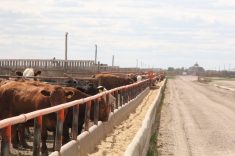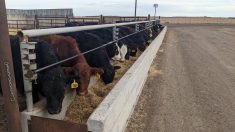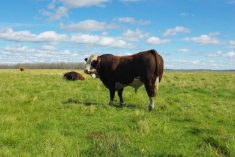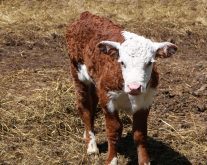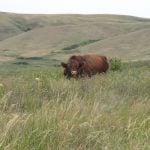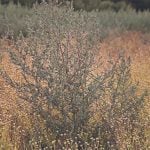Ned had a question one morning when he stopped by the clinic for vaccine.
“Is ergot still a problem in cattle feed?”
“We seem to worry more about ergot today than we did thirty years ago,” I replied. “Don’t know exactly why, but I think cropping practices changed as did our concern about ergot. Headlands still contain grasses that develop ergot. As well, many tonnes of grain are routinely cleaned, concentrating ergot bodies in screenings. Drought in recent years has increased the value of screenings as a supplemental food source for cattle and increased the risk of ergot toxicity.”
Read Also
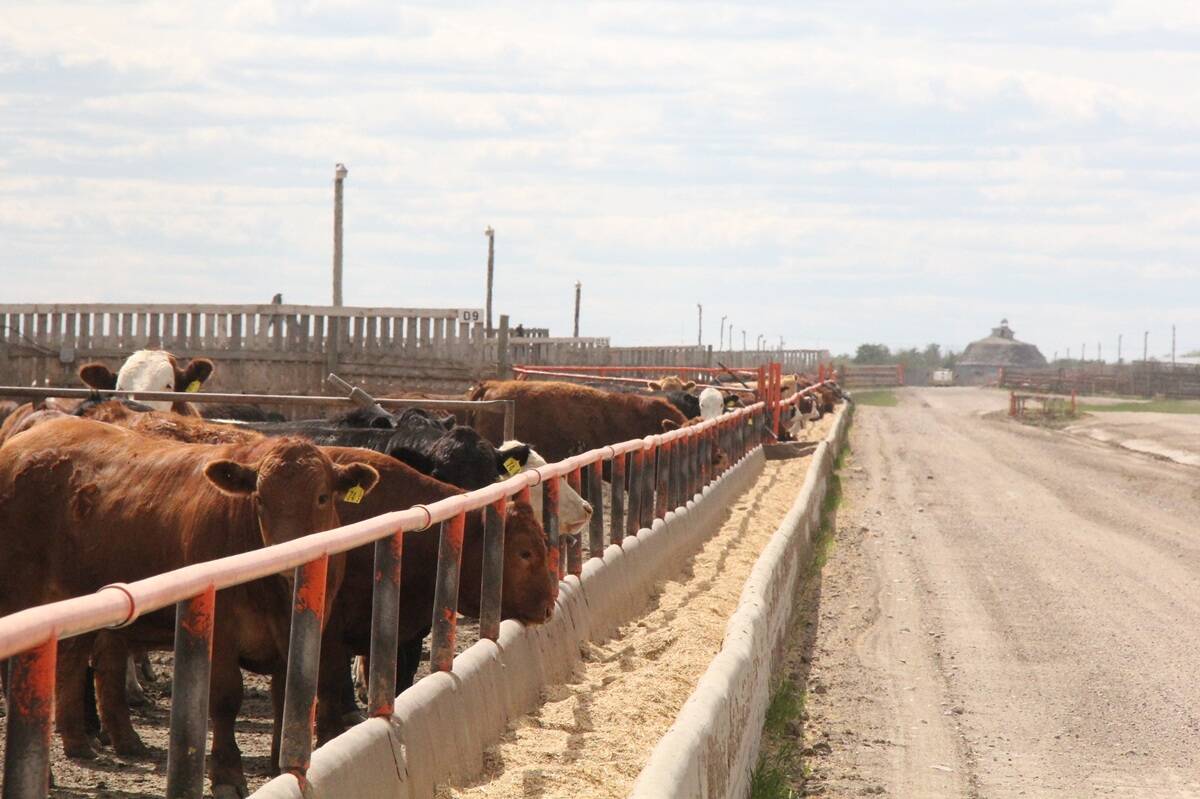
Unwinding the fibre in feedlot cattle diets
Research into how barley rolling method and undigestible NDF levels affect animal performance and digestive health in finishing diets
Recent studies suggest the effects of ergot in feed — and another mycotoxin, deoxynivalenol (DON), produced by fusarium head blight — be re-evaluated because the two toxins can seriously affect weight gain and can augment one another’s effects when they appear together.
Papers by M. Matossian (Ergot and the Salem Witchcraft Affair) and M.R. Lee (Concepts of Purpurea from Antiquity to 1900) review the history of ergot poisoning in humans related to long-term ingestion of toxic alkaloids in rye bread. Symptoms in humans can roughly be divided into convulsive (due to chemicals in ergot bodies related to LSD) and gangrenous (due to vasoconstrictive components that reduce blood supply to extremities such as fingers and toes).
In cattle, symptoms include weight loss, gangrene of ear tips, loss of the tip of the tail, gangrenous lesions affecting feet, and more.
Key points (from Merck Veterinary Manual):
- Hard dark bodies of ergot develop after Claviceps invades the seed of grains (rye, wheat, barley, oats) and grasses (timothy, brome, fescues, ryegrasses and others). The concentration of ergot alkaloids and other toxic compounds will vary.
- Low dietary concentrations (200 ppb/20 ppm) can have adverse health effects.
Ergot toxicosis in animals produces lameness, gangrenous loss of lower limbs, tails and ears, loss of milk production, poor thermoregulation (panting and signs of stress at temperatures lower than normal), rough hair coat, weight loss, reduced gains, reduced reproductive performance.
No specific antidote is available. Change ration and provide supportive care.
Several alkaloid derivatives are manufactured for human use today. Different alkaloids have different uses for:
- migraines
- Parkinson’s disease
- dementia
- promotion of uterine contraction
Ergot poisoning stands as an example of plant-based toxicity identified centuries ago. It’s one we have failed to find treatment for and yet have developed a spectrum of useful drugs based on its chemistry.
–Dr. Ron Clarke is a veterinarian who consults on animal health and disease issues and writes for agricultural and veterinary audiences.




